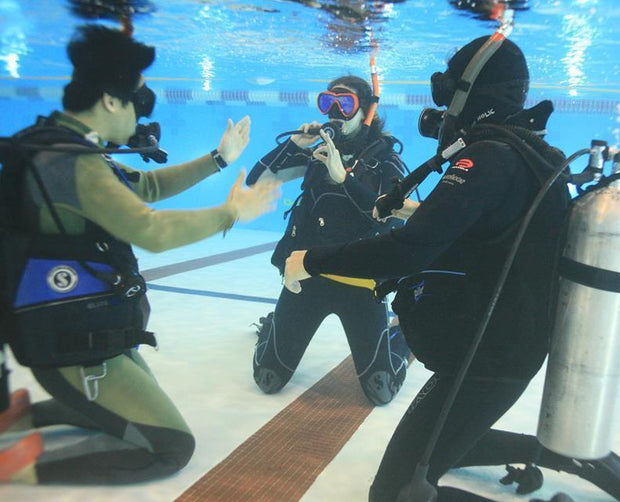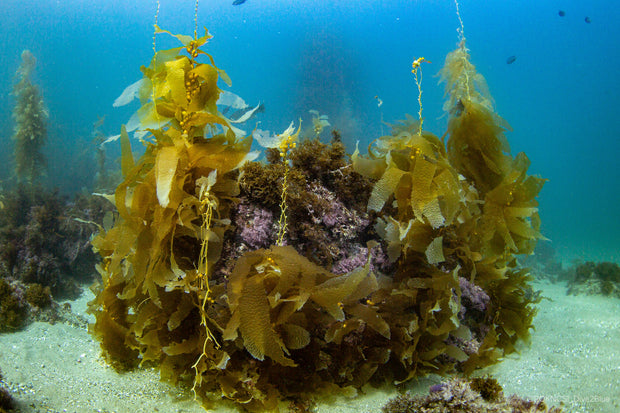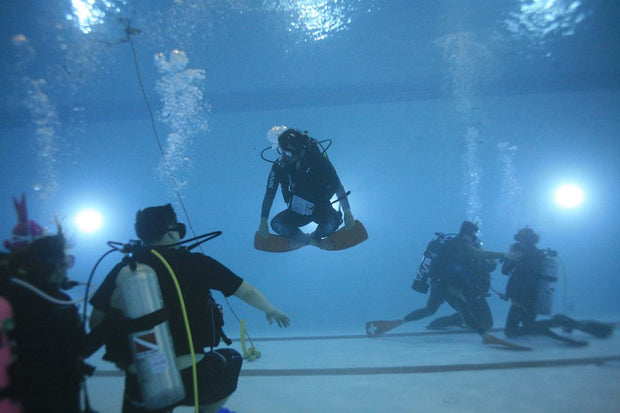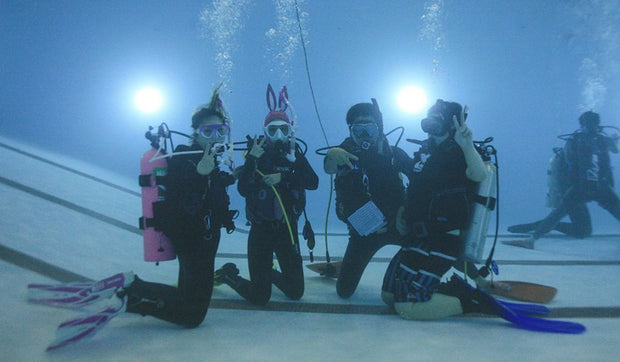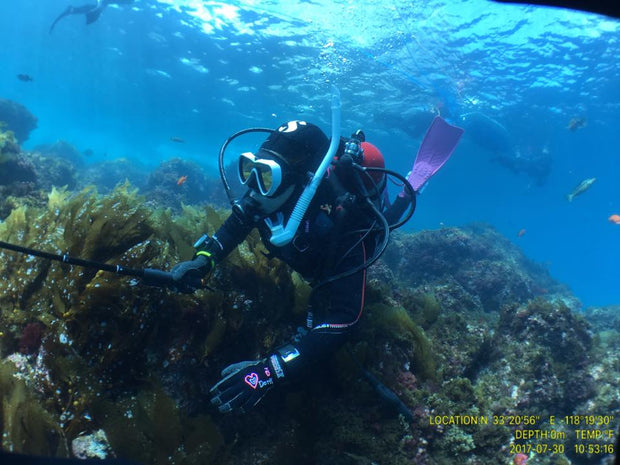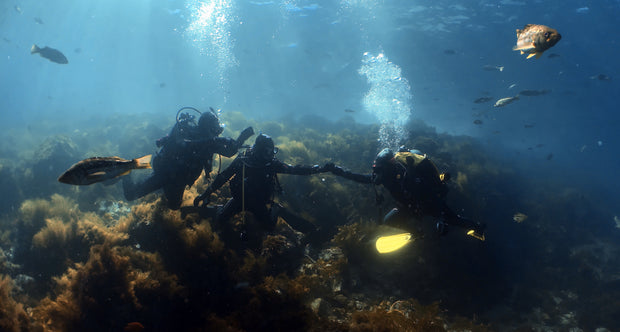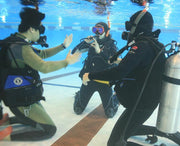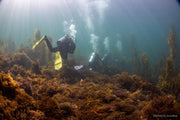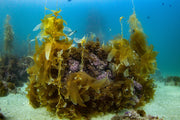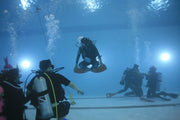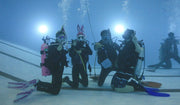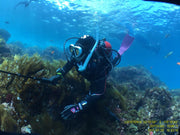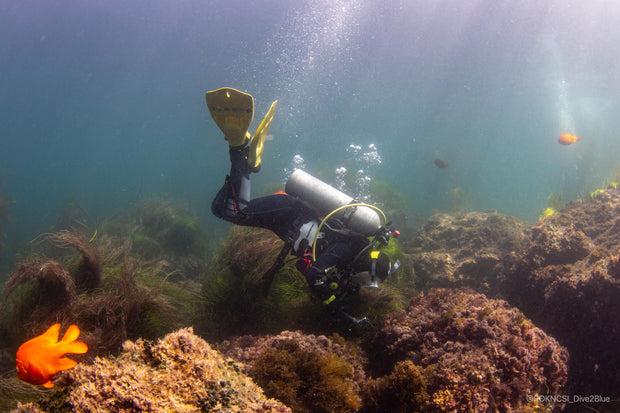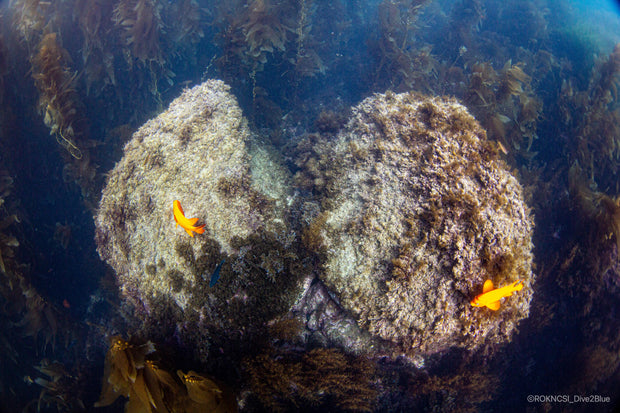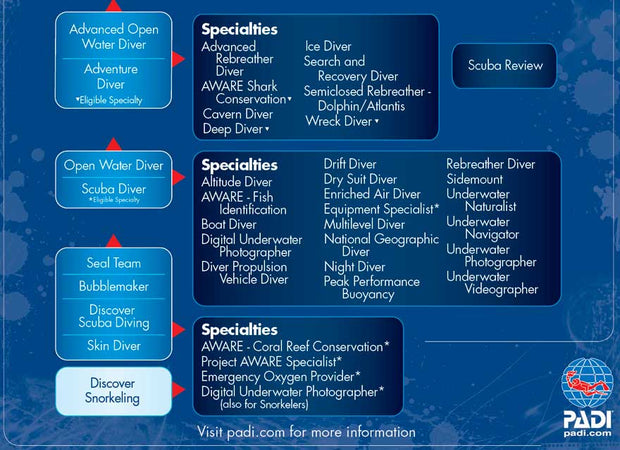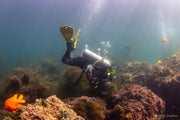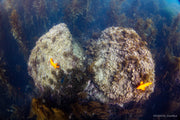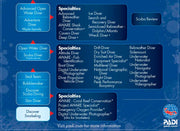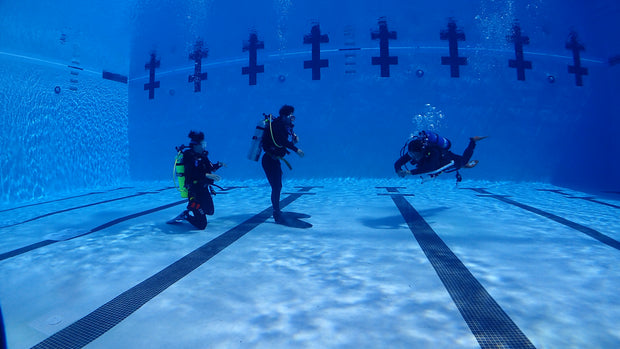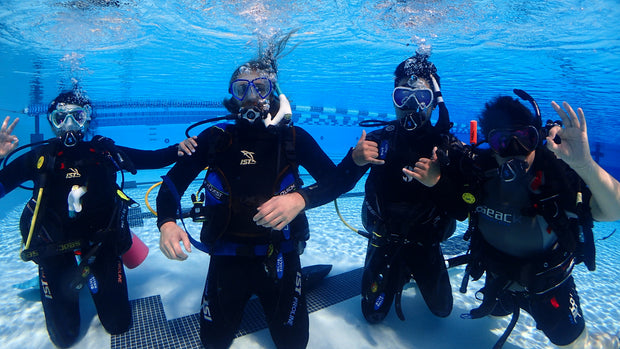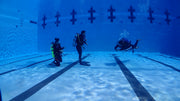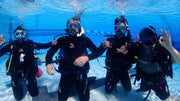
Description
Skin diving is snorkeling while making breath-hold dives to observe aquatic life, up close and personal. It’s a great way to explore the underwater world when you’re not able to scuba dive or if scuba diving just isn’t your thing. The PADI Skin Diver course teaches you how to enjoy watching life below the surface and comfortably venture underwater for short visits, whether you dive in a local freshwater lake or the big blue ocean, at home or on holiday at a dive destination.
To enroll in a PADI Skin Diver course, you must be at least 8 years old. You need adequate swimming skills and comfort in the water. No prior experience is required.
Academic
The PADI Skin Diver course teaches you about:
- How to choose, adjust and use skin diving equipment.
- Basic safety guidelines for being in and around the water.
- Snorkeling and skin diving techniques including checking buoyancy, surface swimming, clearing water from your snorkel and performing effortless surface dives.
- Going on an optional skin dive at a local dive site.
Equipment
The PADI Skin Diver course teaches you how to use basic snorkeling equipment including a mask, snorkel, fins, snorkeling vest, exposure protection like a wet suit and dive weights as needed.
Feel free to give us a call at (323) 641-7416 to check about the gear you’ll need for this course and get advice about skin diving from your PADI Professional.
Getting Started
Purchase this course and get started earning your PADI Skin Diver certification. Ask your instructor about the PADI Discover the Underwater World video and companion piece – The Snorkeler’s Field Guide. Although not required for the course, the video has great tips that will come in handy when you hit the water and the field guide covers different underwater environments along with common aquatic life.


